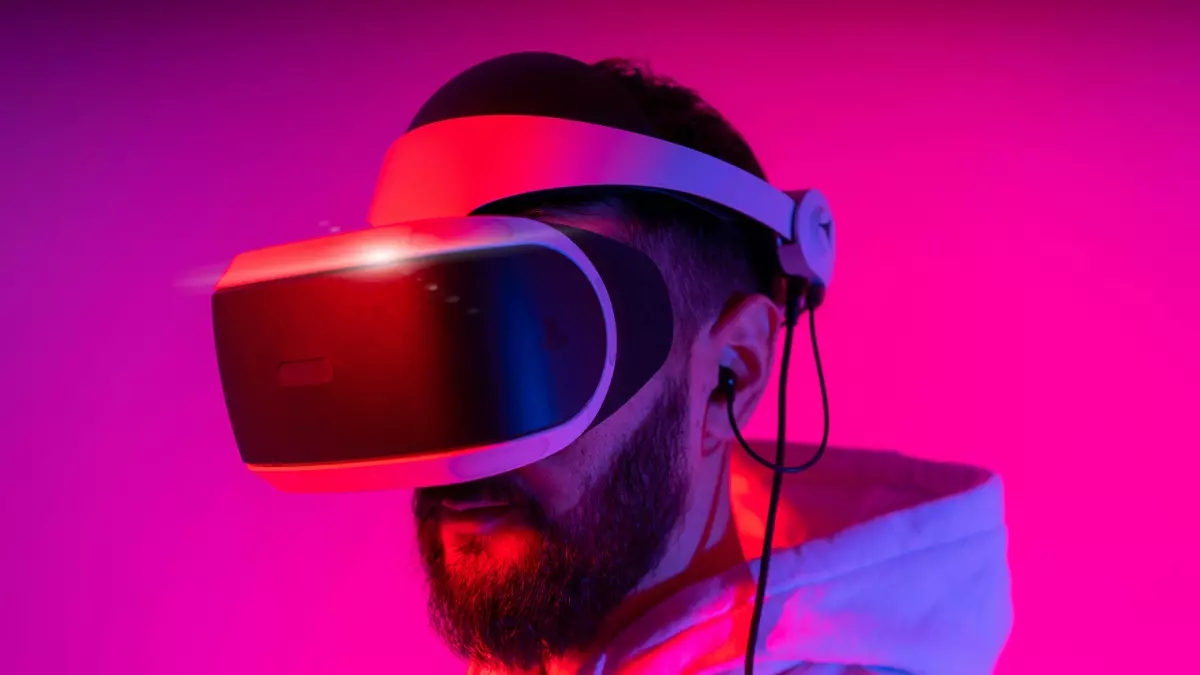Holograms in VR?
Meta’s latest tech tease has the internet buzzing: holographic avatars in virtual reality. But is this the revolution we’ve been waiting for, or just another overhyped promise?

By Liam O'Connor
At Meta’s Connect event, the company gave us a glimpse into the future of augmented reality (AR) with its Orion AR glasses. But what really got people talking were the holographic avatars—Meta’s so-called Codec Avatars. These avatars, which have been in development for years, promise to bring lifelike holograms into AR and, eventually, VR. Imagine sitting in a virtual meeting where your colleagues appear as photorealistic holograms, moving and talking just like they would in real life. Sounds like something out of a sci-fi movie, right?
Well, not so fast. While the idea of holographic avatars in VR is undeniably cool, there are a few hurdles to overcome before we can start living in this futuristic world. For starters, the current generation of VR headsets, like Meta’s Quest 3, simply doesn’t have the necessary hardware to support these avatars. According to Engadget, the Quest 3 lacks essential sensors like eye tracking, which are crucial for making these avatars truly lifelike. So, while Meta’s vision is exciting, it’s still a few years away from becoming a reality.
How Do These Avatars Even Work?
Let’s break down the tech behind these holographic avatars. Meta’s Codec Avatars are created using a combination of high-quality camera scans and phone scans. The idea is to gather a massive amount of data—everything from how people look to how they move—and use that data to train a model that can generate lifelike avatars. Sounds simple, right? Well, not exactly.
Creating these avatars requires an enormous amount of computational power. The model has to be trained on a vast dataset of stylized avatars to understand how people perceive their own likeness and how they expect it to move. And that’s just for the stylized avatars. The photorealistic Codec Avatars are even more complex, requiring advanced camera scans and a ton of data to make them look and move convincingly.
But here’s the kicker: all of this needs to be done quickly and cheaply enough for millions of users to access. Right now, the process is still too slow and expensive for mainstream use. Meta is working on making it faster and more affordable, but it’s not there yet. So, while the tech is impressive, it’s not quite ready for prime time.
Will We Ever See These Avatars in VR?
Meta’s vision for holographic avatars in VR is ambitious, but it’s also a long way off. The current generation of VR headsets simply doesn’t have the hardware to support these avatars. But that could change with the next generation of headsets. Meta’s VP of Horizon OS and Quest, Mark Rabkin, hinted that the next-gen VR headsets could include the necessary sensors, like eye tracking, to make these avatars a reality.
But even if the hardware catches up, there’s still the question of whether people will actually want to use these avatars. Sure, the idea of photorealistic holograms sounds cool, but do we really need them? After all, most people are perfectly happy with the cartoonish avatars we have now. And let’s not forget the privacy concerns. Do we really want to give Meta access to detailed scans of our faces and movements?
There’s also the issue of cost. Right now, the prototype Orion AR glasses reportedly cost around $10,000 each. While that price will likely come down over time, it’s still a far cry from being affordable for the average consumer. And if the hardware is expensive, you can bet the software won’t be cheap either. So, while the future of holographic avatars in VR is exciting, it’s also going to be expensive.
The Bottom Line
So, are Meta’s holographic avatars the future of VR? Maybe. The technology is undeniably impressive, and the potential applications are vast. But there are still a lot of hurdles to overcome before we can start interacting with lifelike holograms in virtual reality. The hardware isn’t there yet, the process is still too slow and expensive, and there are serious privacy concerns to consider.
That said, Meta has a track record of pushing the boundaries of what’s possible in AR and VR, so it’s entirely possible that we’ll see these avatars in the next few years. But for now, it’s best to temper your expectations. The future may be holographic, but it’s not here just yet.
And hey, who knows? Maybe by the time these avatars are ready for prime time, we’ll all be living in the metaverse anyway.





